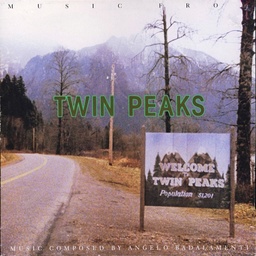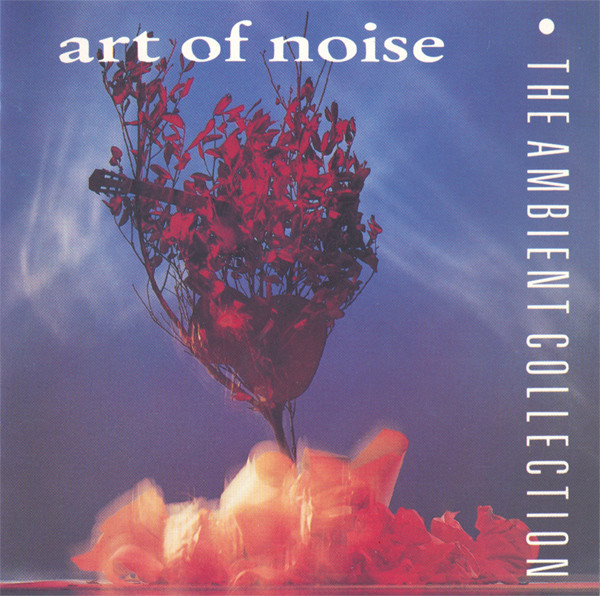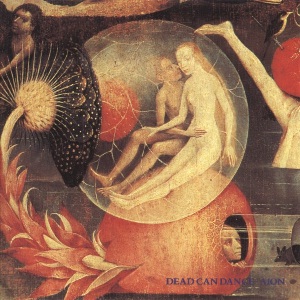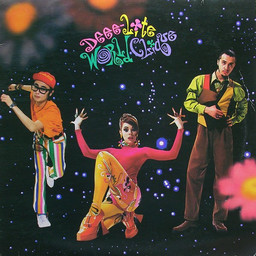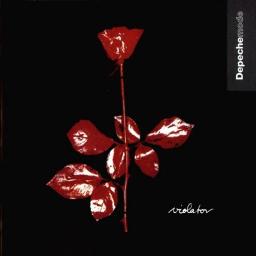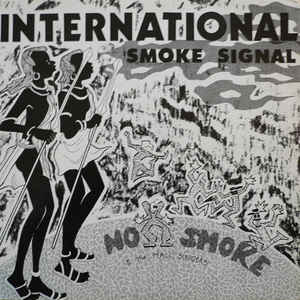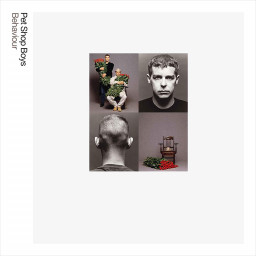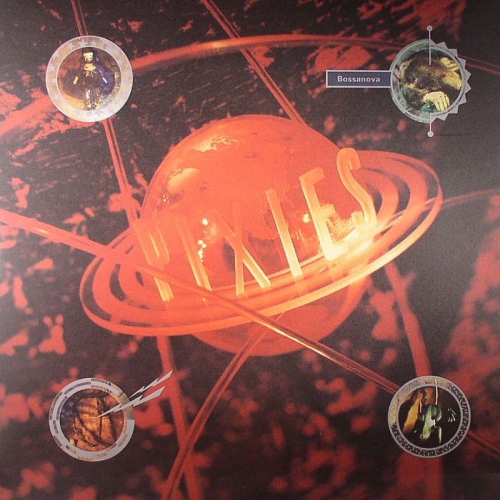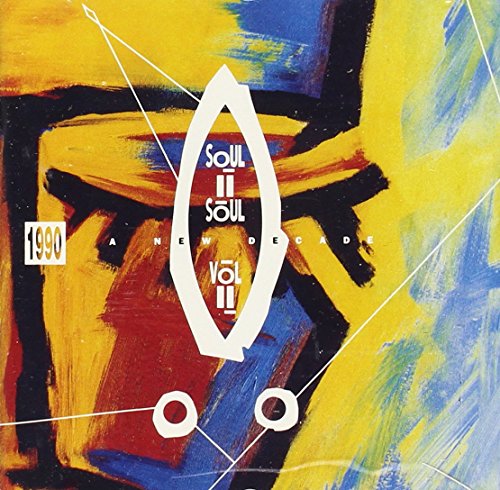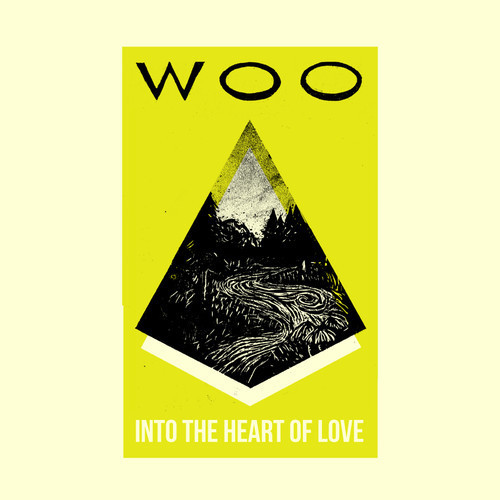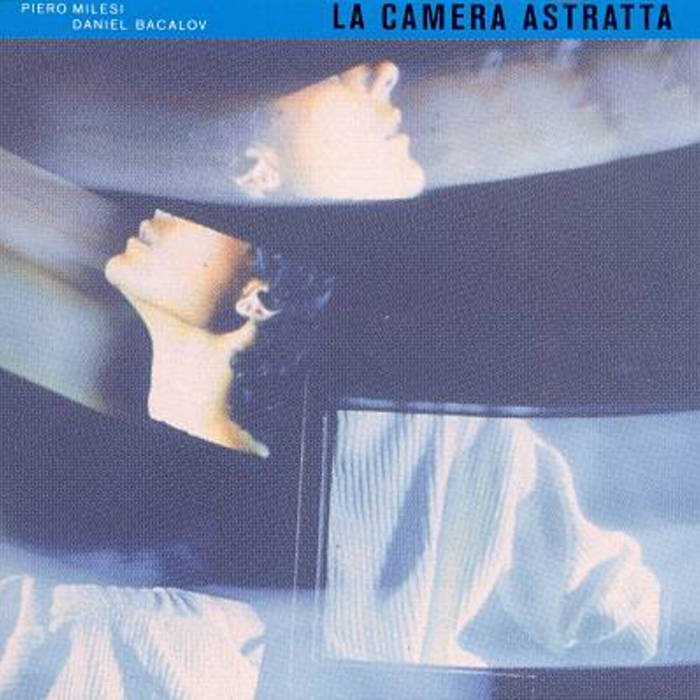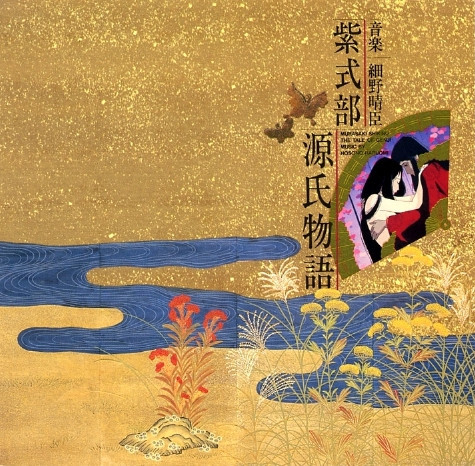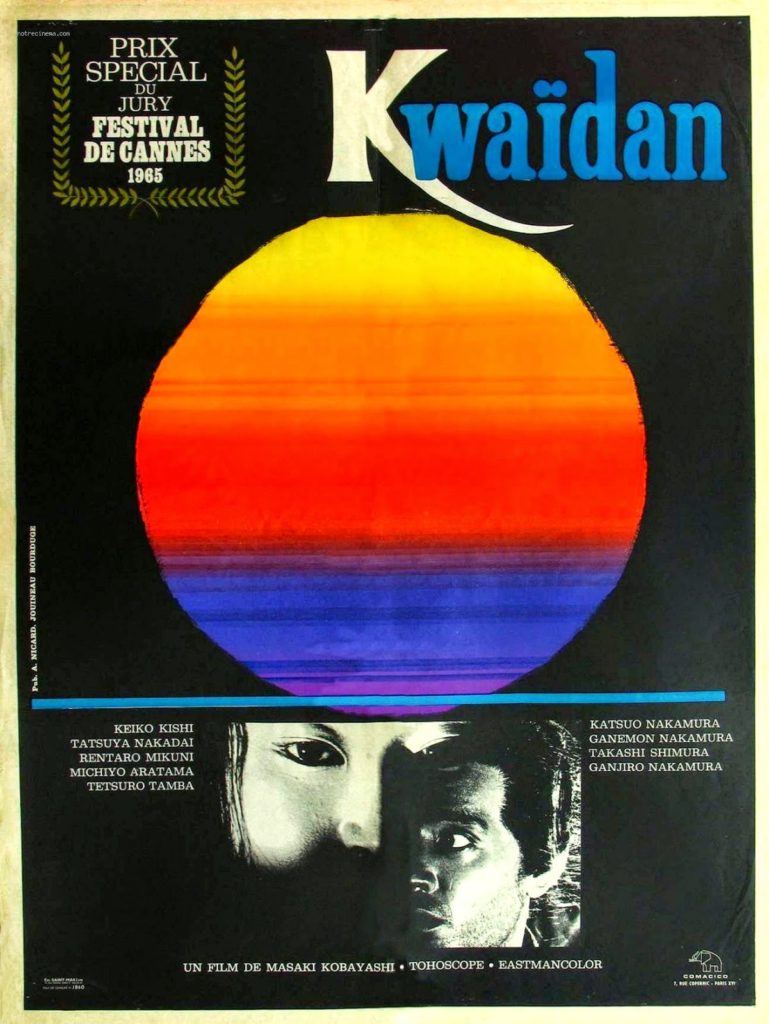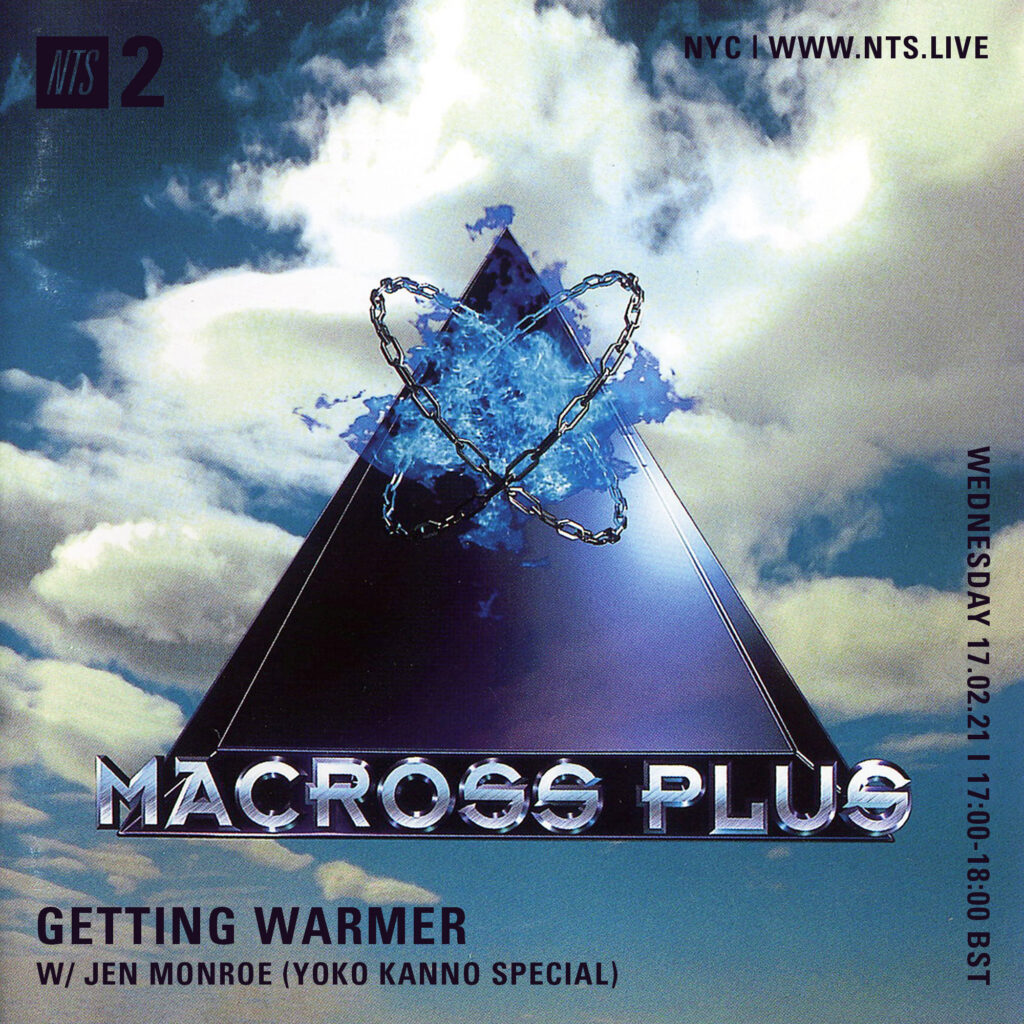
My newest mix for NTS Radio is an hourlong Yoko Kanno special. If you’re unfamiliar, Kanno is a Japanese composer, arranger, and musician. best known for her extensive work soundtracking anime films and series, though she’s also scored a number of video games and live-action films. Some of her noteworthy anime scores include Ghost in the Shell: Stand Alone Complex, Cowboy Bebop, Macross Plus, Turn A Gundam, The Vision of Escaflowne, Darker than Black, Wolf’s Rain, and Terror in Resonance. My entrypoint to her work, as I suspect is the case for many, was the terrific theme for the Ghost in the Shell: Stand Alone Complex series, “Inner Universe,” which is sung in Russian, English, and Latin by Japanese-Russian singer Origa, who is a regular collaborator of Kanno’s. Since then it’s been a joy to dig through her enormous discography, so I’ve compiled a few of my favorite moments here, ranging from opiated trip hop and jazz to sweeping cinematic modern classical to devastating choral pieces and churning dystopic breakbeat. I hope you like it! You can download an mp3 version here.
Tracklist:
1. Yoko Kanno – Blue Tone
2. Yoko Kanno – Stamina Rose
3. Yoko Kanno – Pulse
4. Yoko Kanno – 縮緬エアー
5. Yoko Kanno – Chorale
6. Yoko Kanno – Go DA DA
7. Yoko Kanno – She Is
8. Yoko Kanno – Some Other Time
9. Yoko Kanno – Bang Bang Banquet
10. Yoko Kanno – Aqua
11. Yoko Kanno – Orphan
12. Yoko Kanno – On The Earth
13. Yoko Kanno – A Sai En
14. Yoko Kanno – This EDEN
15. Yoko Kanno – Ephemera
16. Yoko Kanno – Bells For Her
17. Yoko Kanno – The Clone
18. Yoko Kanno – Torch Song
19. Yoko Kanno – Siberian Doll House
20. Yoko Kanno – Inner Universe

